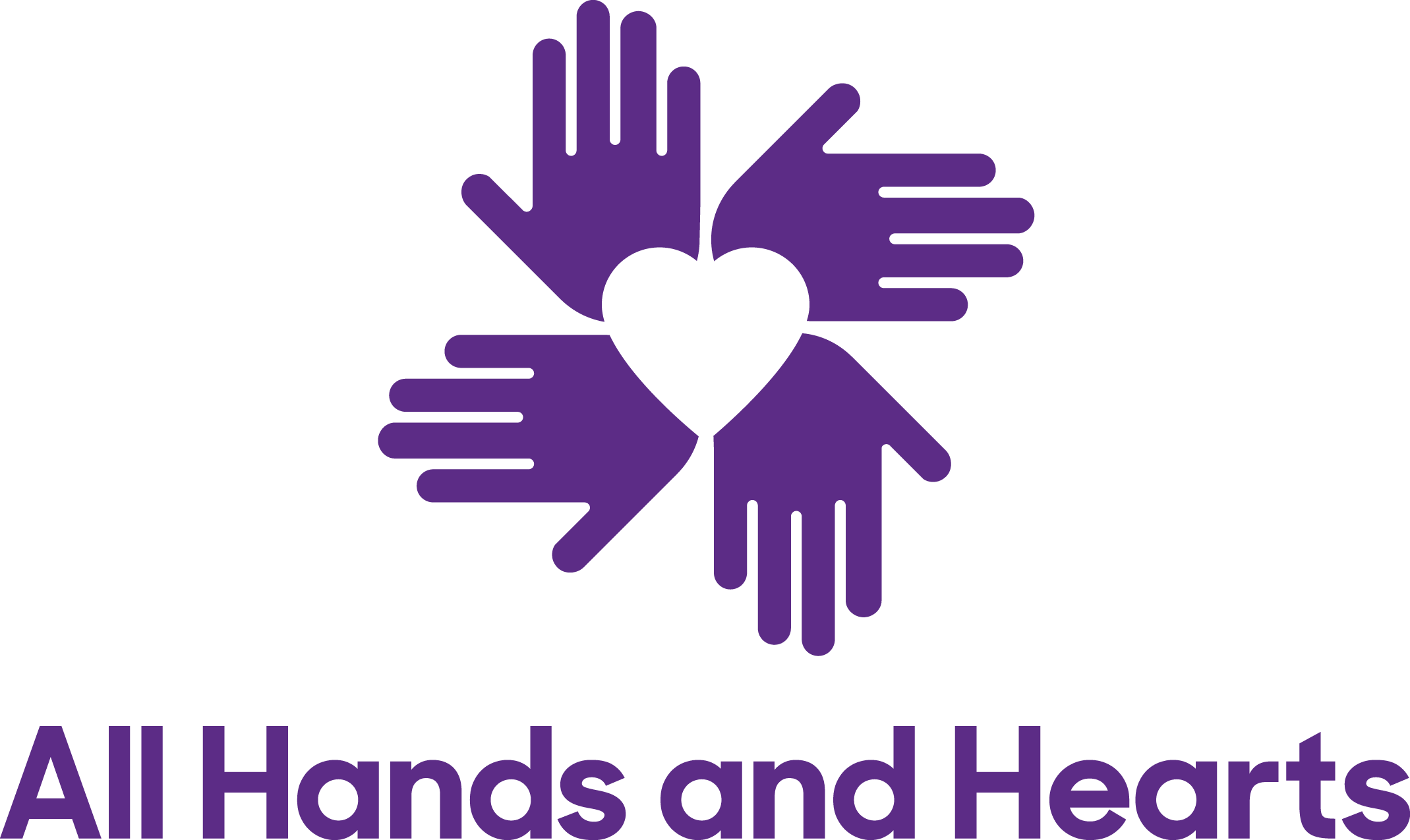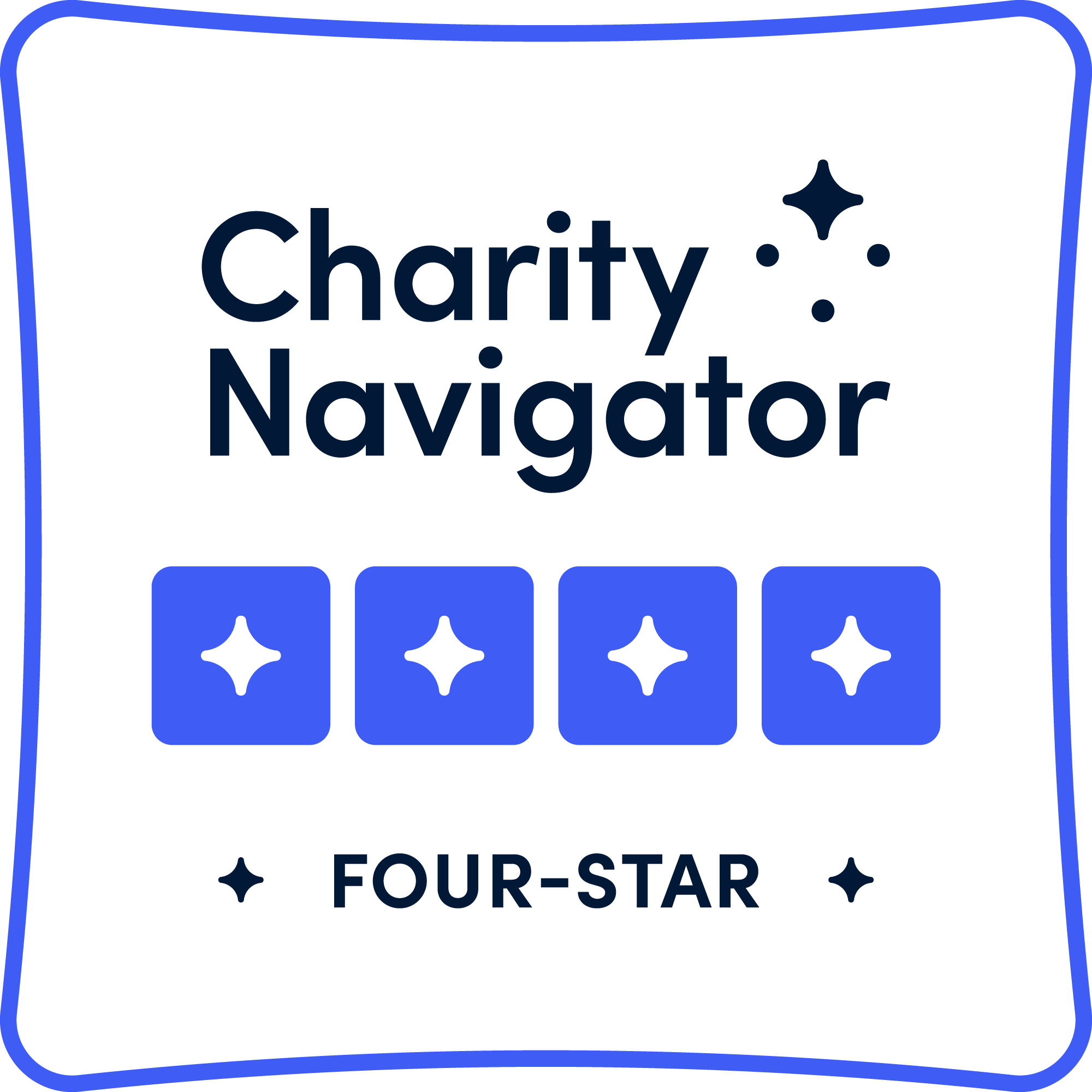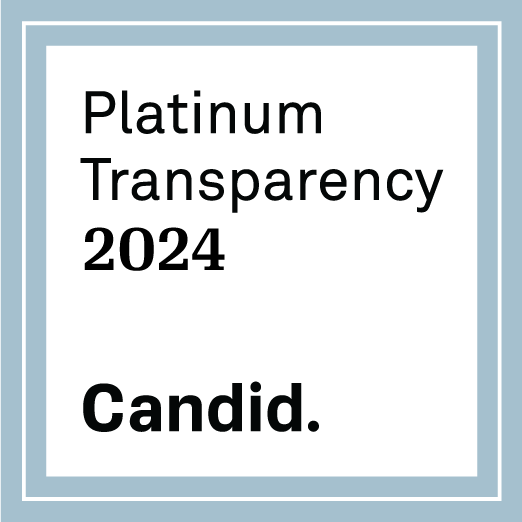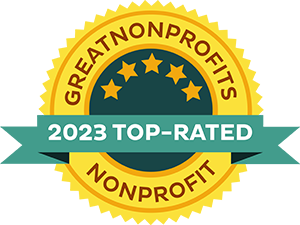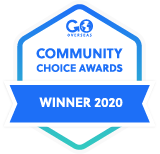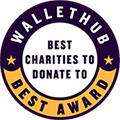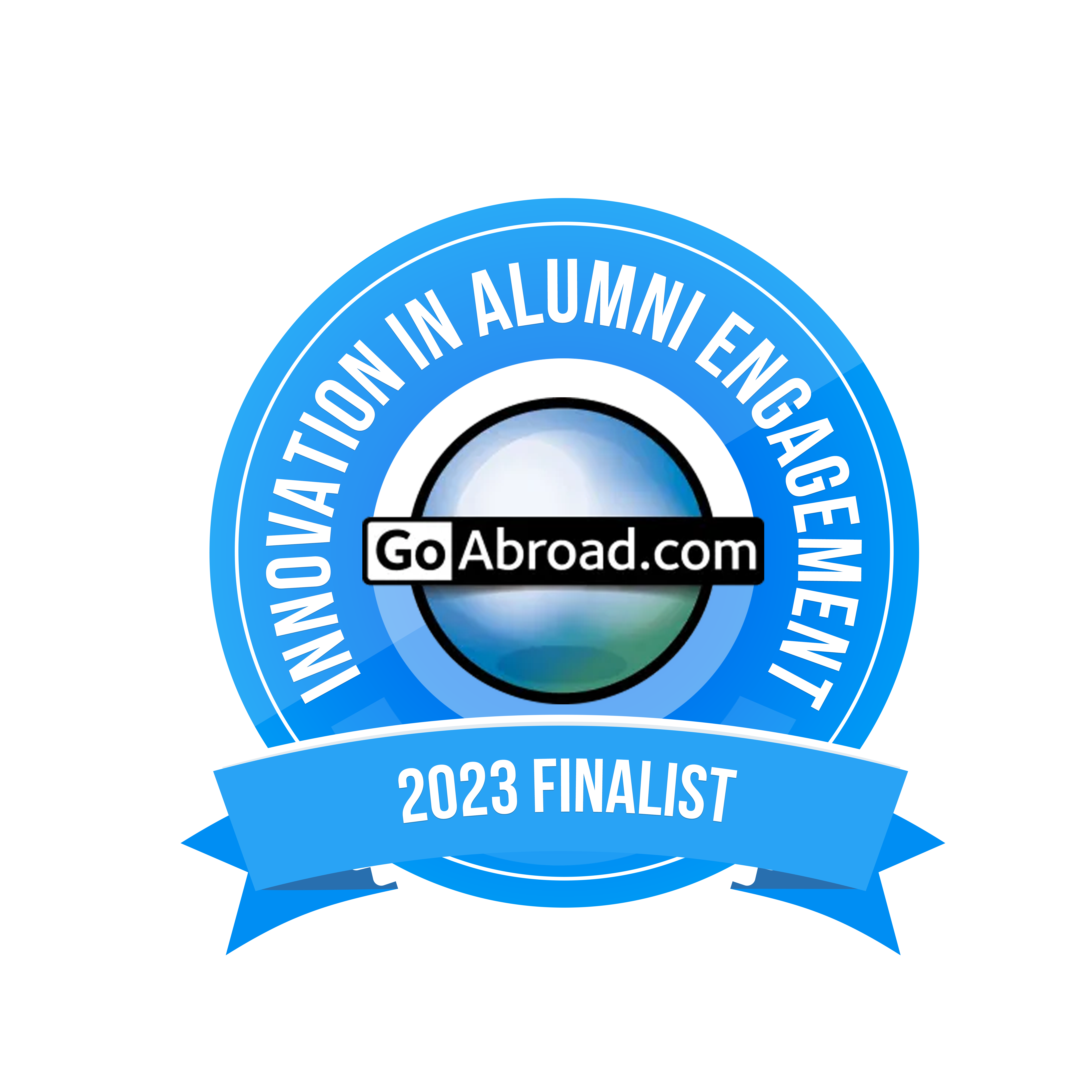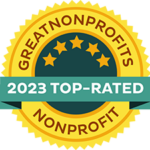DEI Matters
Written by our Chief of Diversity, Equity, and Inclusion
May 14, 2021
There is no such thing as a “DEI savior.” I am the Chief of Diversity, Equity & Inclusion (DEI), and do not mind telling you what’s wrong with this assumption. My tenure with All Hands and Hearts began approximately five months ago. Nonetheless, unraveling the complicatedness of inner, interpersonal, organizational, international, intercultural, or ideological issues will require all of us. And honestly, you should want to participate in designing what it all looks like.
I have invested time, resources, and energy into the disciplines of DEI because of my own lived experiences. As stated here, I am an “able-bodied, forty-something, cis-gendered, heterosexual Black American man from a blue-collar family in the U.S. South.” DEI is my occupational way of fulfilling a personal desire to disrupt antiquated thinking, whether my own or what’s popular.
I want to challenge people whom I come into contact with because I want to be better. I accept and embrace where people are in their personal growth around social awareness and don’t have unrealistic expectations. Still, I hope that whomever I meet wants to learn to be better, too.
A common assumption is that simply opening doors to Black, Indigenous, and/or people of color (BIPOC) for increased access to institutions, resources, opportunities, safeguards, and experiences once denied to them is enough.
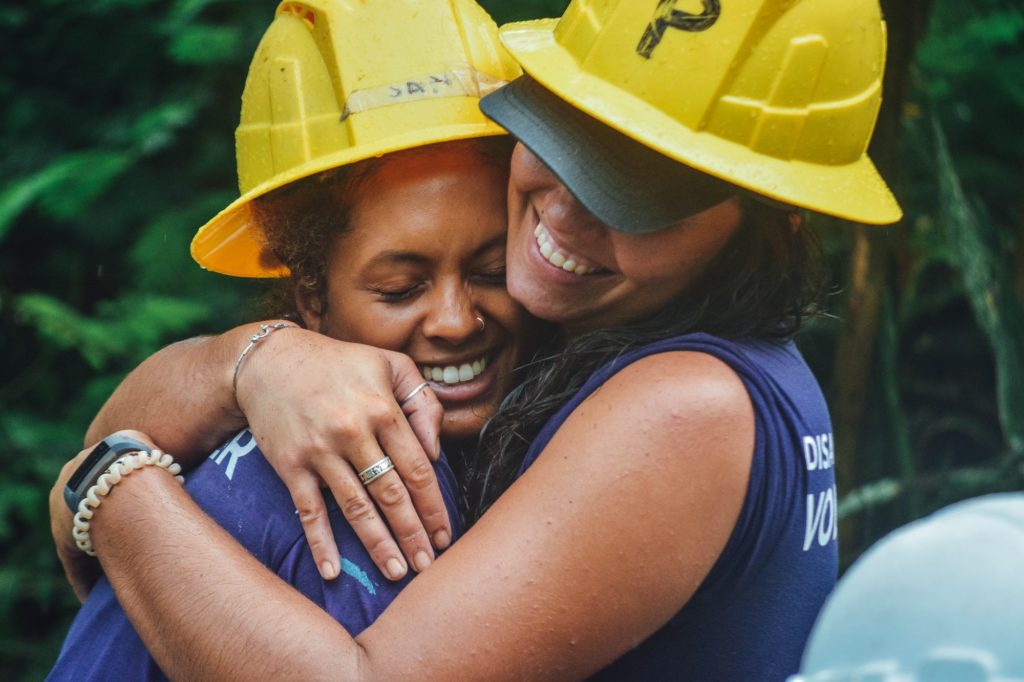
“An open door that was once locked is useless without mechanisms for engagement, continued support, and self-determined accomplishments.”
DEI MATTERS.
DEI is needed now and will continue to be needed. Each discipline is independent in-and-of-itself. Even so, combined, they are indispensable in organizations. DEI matters and will remain relevant as long as our collective problems are tied to structural inequalities. But innocently, why?
I am ready to answer, though I feel inclined to begin with “What is DEI?” Diversity is an active welcoming of all forms of difference among people. Equity can be thought of as ensuring all people who have been welcomed are fairly treated through existing or newly-developed policies, practices, and systems. And, inclusion is a process of those who have been welcomed being recognized, considering themselves valued, and feeling empowered. The interdependence between the disciplines is evident.
WHY IS DEI WORK IMPORTANT?
In general, globalization and technology have brought the world closer in so many respects. The steady flow of resources and the physical movement of once-isolated cultures, languages, and practices are specific examples of how necessary DEI is to make sense of this new reality. Related are any emerging ideas about what constitutes a productive, innovative, and vibrant workforce.
Another reason for DEI is it is inherently concerned with social justice. Cultural dynamics have been sources of divisions that we are all trying to reconcile in our friend circles, families, and communities. Likewise, DEI can be exemplified in AHAH’s teams of individuals who think differently from each other but attempt to creatively solve problems of global inequalities. The collective action is awe-inspiring.
Finally, DEI is important because it helps to build communities that embrace dissimilarity.
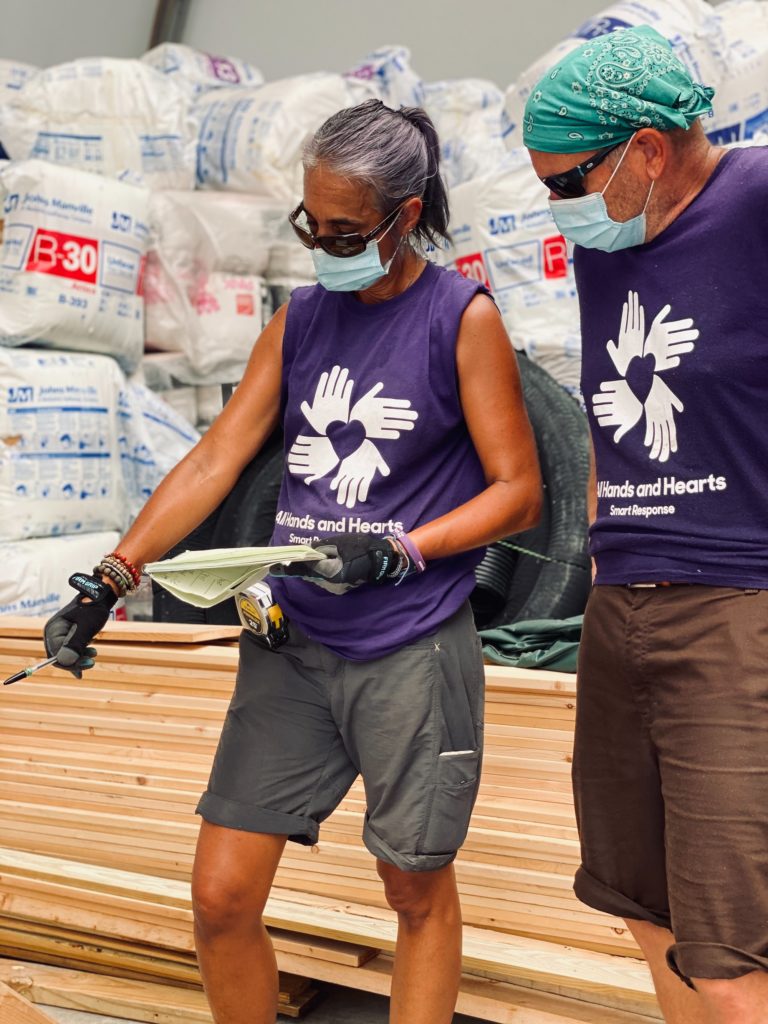
WHAT DOES DEI MEAN TO ALL HANDS AND HEARTS?
With staff and community from around the world, prioritizing DEI is not only in our best interest, but a moral obligation. By doing so, we stay cognizant of what is socially current in many parts of the world. We are in the process of developing core values for AHAH, and if the end result includes “people” and “purpose,” those are two good reasons that support DEI.
Our workforce needs have shifted over the years—as an organization, there have been many critical conversations on indications of difference, pay equity, interpersonal conflict resolution, and more. What we do to adjust to these needs will be addressed through the viewpoint of a DEI lens. More than a year of protests throughout the U.S. and the world is a stark example and another reason that changes need to be made. Such events are challenging all of us to operationalize DEI to raise the question why we as an organization shouldn’t be involved and invested in rectifying any societal ills within our span of control.
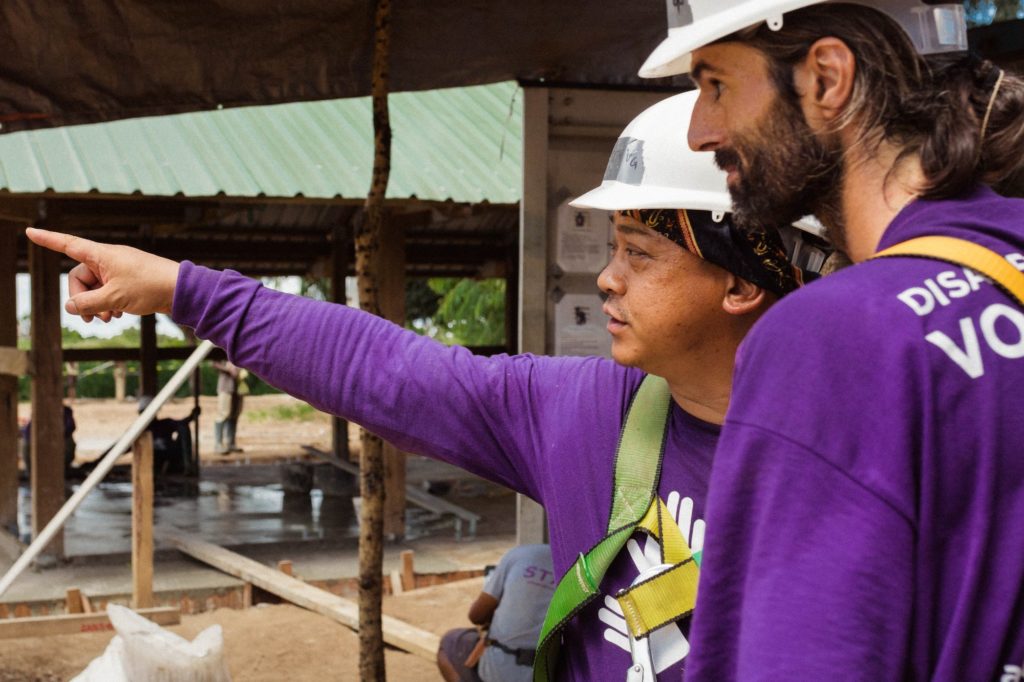
HOW HAS THE ORGANIZATION GROWN SINCE YOU JOINED?
This organization has grown in its prioritization of DEI since I joined in November. The fact that the Board and leadership saw a need and created my position is a huge step forward. In terms of the general organization, there is noticeable interest in DEI.
A commitment to DEI means being active, intentional, and open-minded—otherwise, it’s insincere. I’m encouraged because I have seen firm support. Creating a new position that touches every area of the organization was thoughtful and intentional. Instead of my responsibilities being assigned to another colleague, AHAH brought in a champion to listen, teach, learn and lead DEI.
The thoughtfulness that has gone into the organizational planning process is a good indication of our organization moving in the right direction. In the past, departments didn’t have key results to indicate progress towards accomplishing the organizational DEI objective. Now, I can honestly say that each department has drafted achievable goals for the remainder of this fiscal year.
For instance, was there ever an objective to identify and pursue BIPOC donors? Has a goal to standardize the hiring process ever been a priority? Did you hear news about modifying the business analyst residency program to broaden the pool at any point until now? The organization is now moving forward to answer these questions and shift processes.
WHAT CAN WE SEE FROM AHAH MOVING FORWARD?
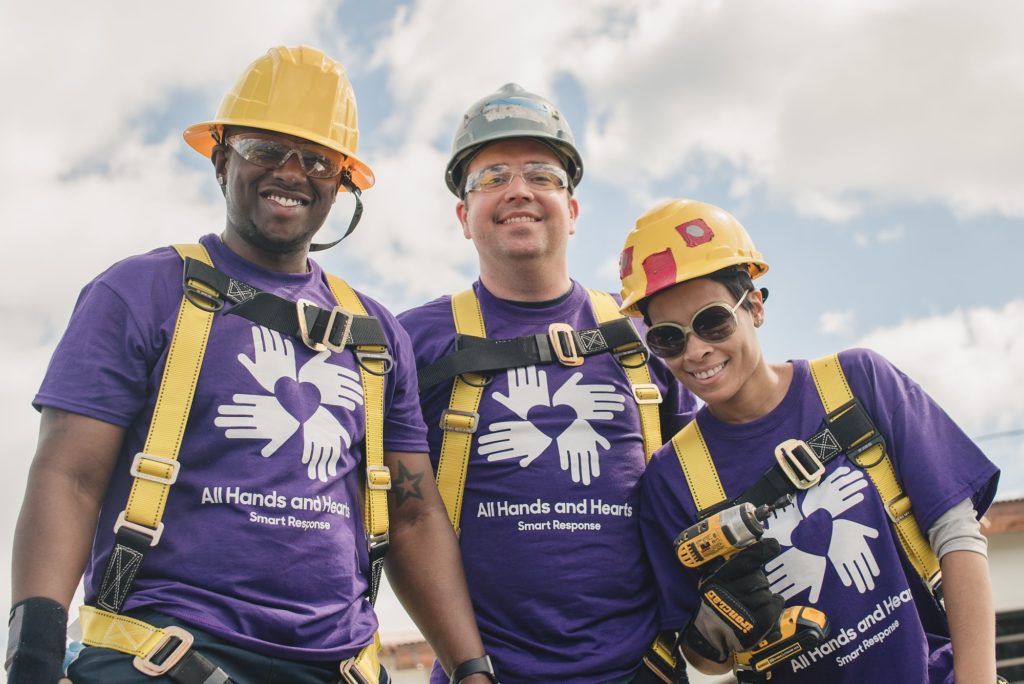
We are operating in a historical moment when organizations can no longer sit on the fence when it comes to social justice. Our community—as well as the global community and the humanitarian industry—is rightfully committed to holding organizations accountable for their choices. This year, Charity Navigator will include a measure of each organization’s commitments to DEI as part of the rating process.
To help things move forward, some initiatives I intend to implement are: Offering a DEI portal for useful resources; continuing to contribute to the development of an organizational learning agenda and glossary; partnering with I.T. to develop a recurring DEI-related survey; publishing a variety of content; releasing a DEI statement and bringing forward a DEI framework.
The DEI Framework’s purpose is to aid individuals, departments, and the organization in viewing the work we perform while inserting DEI. The framework will act as a lens for our work on a recurring basis—for example, using the most recent updates to the OKR process,
I shared three themes that came primarily from the feedback taken from the baseline survey and best practices. Looking at the three themes (for example, Representation, Civility, and Learning) each department was able to answer accompanying questions that informed the development of DEI-specific KRs. Lastly, I envision adding one or two more domains to complete the framework before sharing the tool across the organization.
What you can count on seeing from the DEI department at AHAH in the next year will continue to gradually take shape. Constantly affirming the organization’s direction is difficult, but critical. In the past, I have advocated for what’s right, professionalized offices, coached colleagues, empowered individuals, offered perspectives in committees that completely changed conversations, etc. to reflect U.S. society and a multicultural world.
What we do together here will be no different. The journey will be arduous, but one we will take together. Say “goodbye” to who you were a few minutes ago. Now, as individual community members working towards something larger than ourselves, it’s time for each of us to grow together and get even better.
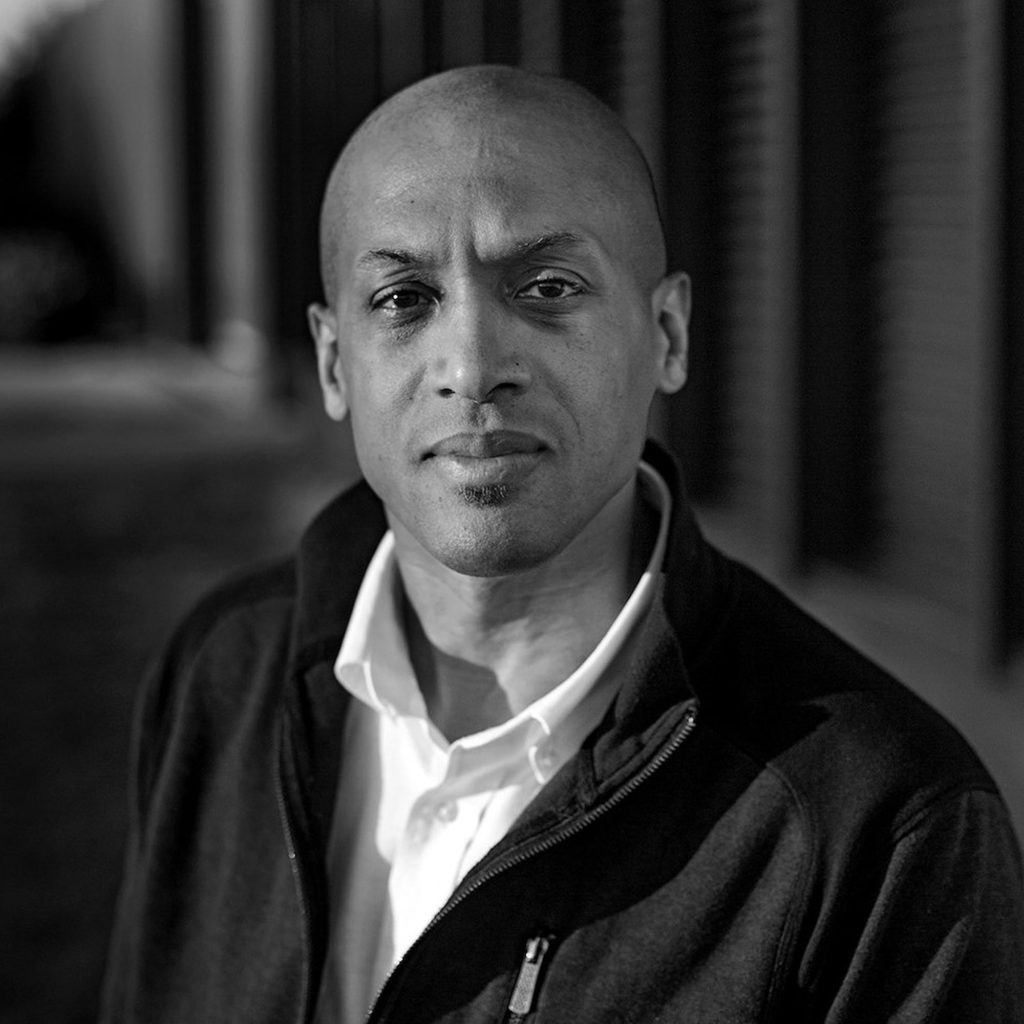
Written by All Hands and Hearts’ Chief of Diversity, Equity & Inclusion, Mika’il Petin.



